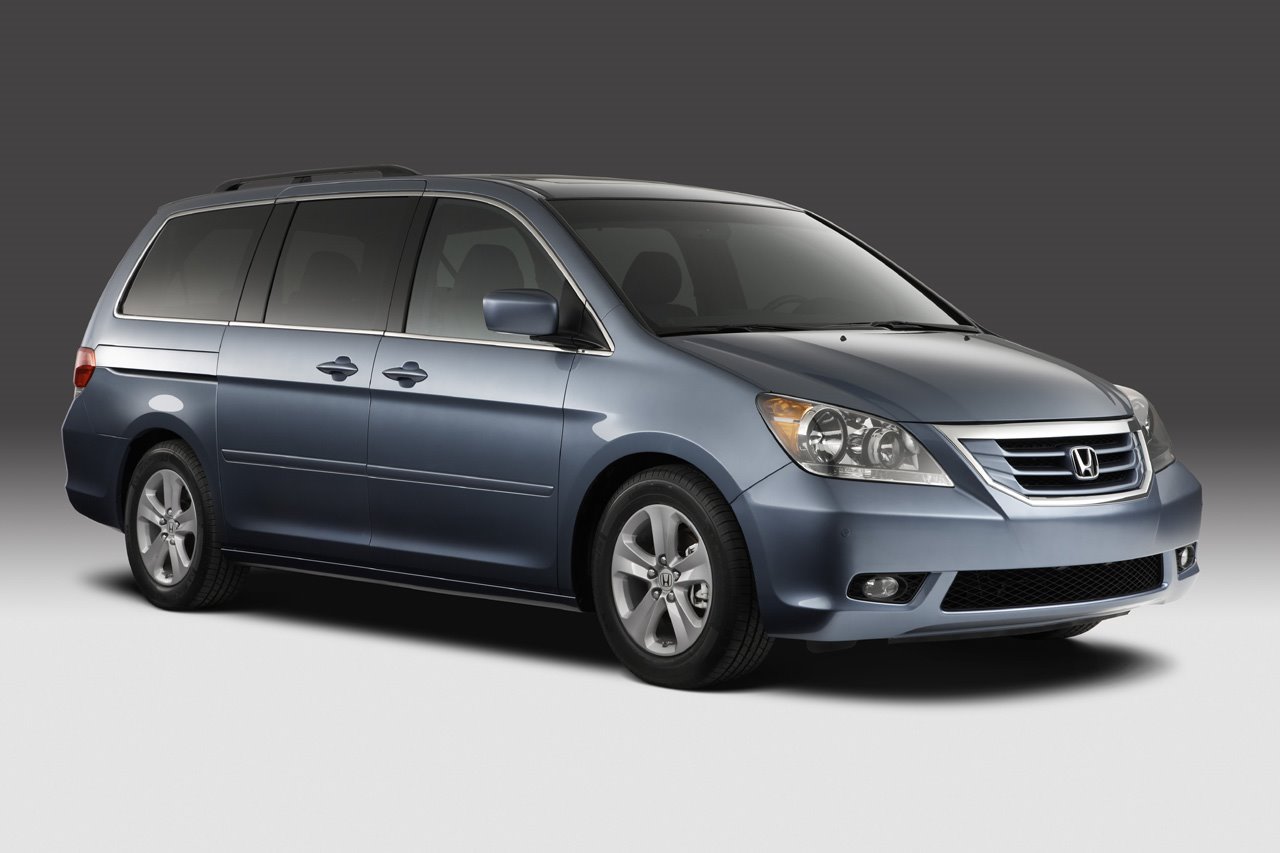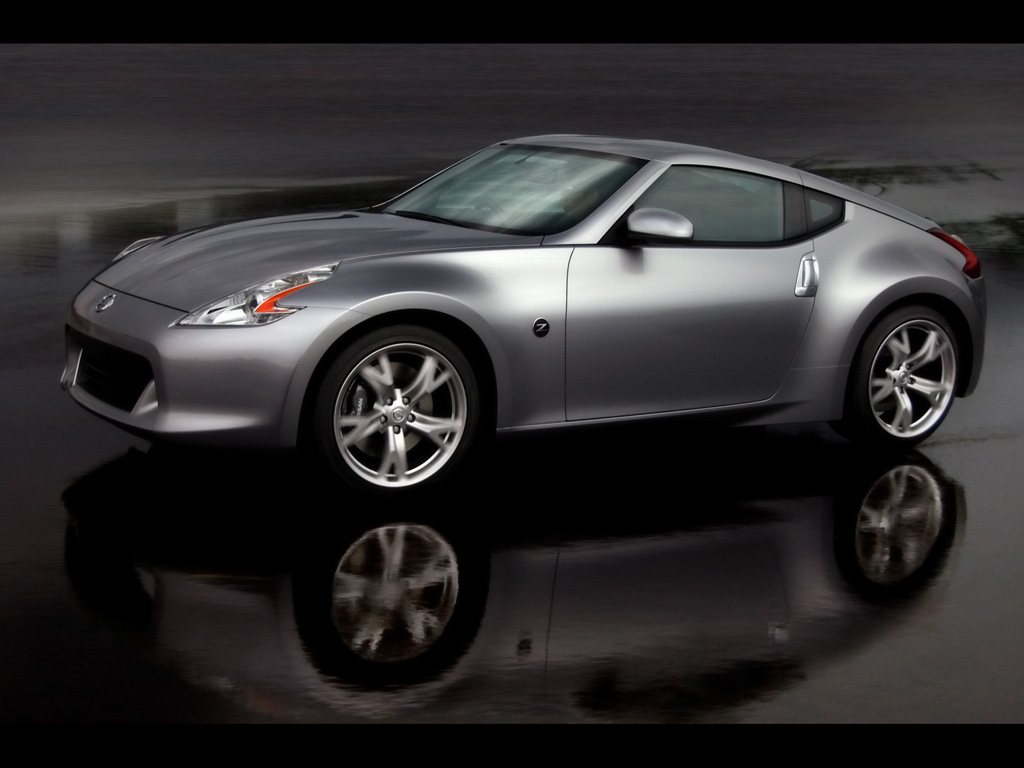Import Car Wallpapers Definition
Source (google.com.pk)The United States continues to use a unique set of safety and emission regulations administered by the National Highway Traffic Safety Administration (NHTSA) for motor vehicles, which differ significantly from the international UN Regulations used throughout the rest of the world. Vehicle manufacturers thus face considerable expense to type-certify a vehicle for U.S. sale, at a cost estimated to be upward of USD $2 million per vehicle model. This cost particularly affects low-volume manufacturers and models, most notably the makers of high end sports cars. However, larger companies such as Alfa Romeo and Peugeot have also cited costs of “federalizing” their vehicle lineups as a disincentive to re-enter the U.S. market.
NHTSA and Environmental Protection Agency (EPA) regulations criminalise the possession of a vehicle not meeting U.S. standards. Even Canadian-market vehicles may not meet these requirements. Exceptions exist for foreign nationals touring the U.S. in their own vehicle and for cars imported for show or display purposes.
Because of the unavailability of certain car models, demand for grey market vehicles arose in the late 1970s. Importing them into the US involved modifying or adding certain equipment, such as headlamps, sidemarker lights, and a catalytic converter as required by the relevant regulations. The NHTSA and EPA would review the paperwork and then approve possession of the vehicle. It was also possible for these agencies to reject the application and order the automobile destroyed or re-exported. The grey market provided an alternate method for Americans to acquire desirable vehicles, and still obtain certification. Tens of thousands of cars were imported this way each year during the 1980s.
The Lamborghini Countach was one of the first grey market vehicles, and the Range Rover and Mercedes-Benz G-Class were initially available only through the grey market. Other vehicles that entered the US in small numbers via the grey market included the CX and Renault 5 Turbo. This avenue of vehicle availability was increasingly successful, especially in cases where the US model of a vehicle was less powerful and/or less well equipped than versions available in other markets. For example, Mercedes-Benz chose to offer only the lower-output 380SEL model in 1981 to Americans, some of whom wanted the much faster 500SEL available in the rest of the world. BMW had the same issue with their 745i Turbo. The grey market was successful enough that it ate significantly into the business of Mercedes-Benz of North America and their dealers. The corporation launched a successful million-dollar congressional lobbying effort to stop private importation of vehicles not officially intended for the U.S. market. An organisation called AICA (Automotive Importers Compliance Association) was formed by importers in California, Florida, New York, Texas, and elsewhere to counter some of these actions by Mercedes lobbyists, but the Motor Vehicle Safety Compliance Act was passed in 1988, effectively ending private import of grey-market vehicles to the United States. No evidence was presented that grey-import vehicles' safety performance differed significantly from that of US models, and there have been allegations of improper lobbying, but the issue has never been raised in court.
The grey market declined from 66,900 vehicles in 1985 to 300 vehicles in 1995.It is no longer possible to import a non-US vehicle into the United States as a personal import, with four exceptions, none of which permits Americans to buy recent vehicles not officially available in the United States.
A vehicle not originally built to U.S. specifications can, under certain circumstances, be imported through a registered importer who modifies the vehicle to comply with US equipment and safety regulations and then certifies it as compliant, and an independent commercial importer who modifies the vehicle to comply with US emissions regulations and then certifies it as compliant.Those who import nonconforming motor vehicles sometimes bring in more than one car at a time to spread the substantial cost of the necessary destructive testing, modification, and safety certification. Destructive crash testing is not always needed if the vehicle can be shown to be substantially similar to a model sold in the U.S. The Smart Fortwo was imported in this manner prior to its official U.S. release.
The Show or Display provision allows temporary import of noncompliant vehicles for show or display purposes.
Since Canadian regulations are similar to those in the U.S., an individual can import a vehicle manufactured to Canadian motor vehicle safety standards if the original manufacturer issues a letter stating that the vehicle also conforms to U.S. motor vehicle standards. The decision to issue a compliance letter is solely at the discretion of the manufacturer, even if the vehicle is known to meet U.S. standards. Before issuing a compliance letter, most manufacturers request proof that the owner of the vehicle is a resident of Canada, and that the car was registered and used in Canada for a minimum period. This is done because the manufacturers maintain separate pricing structures for the U.S. and Canadian markets.
In 1998, NHTSA granted vehicles over 25 years of age dispensation from the rules it administers, since these are presumed to be collector vehicles.
Some Americans are interested in Japanese domestic market vehicles, like the Nissan Skyline. In 1999, a California company called Motorex had a number of Nissan Skyline R33 GTS25s crash-tested. They submitted their information to NHTSA and petitioned for 1990-1999 GT-Rs and GTSs to be declared eligible for import.Many Skylines were subsequently imported through Motorex. This lasted until late 2005, when NHTSA learned not all 1990 through 1999 Skyline models would perform identically in crash testing. Motorex had submitted information for only the R33, but had asserted that the data applied to R32, R33, and R34 models.NHTSA determined that only 1996-1998 R33 models have been demonstrated as capable of being modified to meet the federal motor vehicle safety standards, and that only those models.
Import Car Wallpapers Free Wallpaper Pics Pictures Hd for Desktop Iphone Mobile HD 1080p

Import Car Wallpapers Free Wallpaper Pics Pictures Hd for Desktop Iphone Mobile HD 1080p

Import Car Wallpapers Free Wallpaper Pics Pictures Hd for Desktop Iphone Mobile HD 1080p

Import Car Wallpapers Free Wallpaper Pics Pictures Hd for Desktop Iphone Mobile HD 1080p

Import Car Wallpapers Free Wallpaper Pics Pictures Hd for Desktop Iphone Mobile HD 1080p

Import Car Wallpapers Free Wallpaper Pics Pictures Hd for Desktop Iphone Mobile HD 1080p

Import Car Wallpapers Free Wallpaper Pics Pictures Hd for Desktop Iphone Mobile HD 1080p

Import Car Wallpapers Free Wallpaper Pics Pictures Hd for Desktop Iphone Mobile HD 1080p

Import Car Wallpapers Free Wallpaper Pics Pictures Hd for Desktop Iphone Mobile HD 1080p

Import Car Wallpapers Free Wallpaper Pics Pictures Hd for Desktop Iphone Mobile HD 1080p

